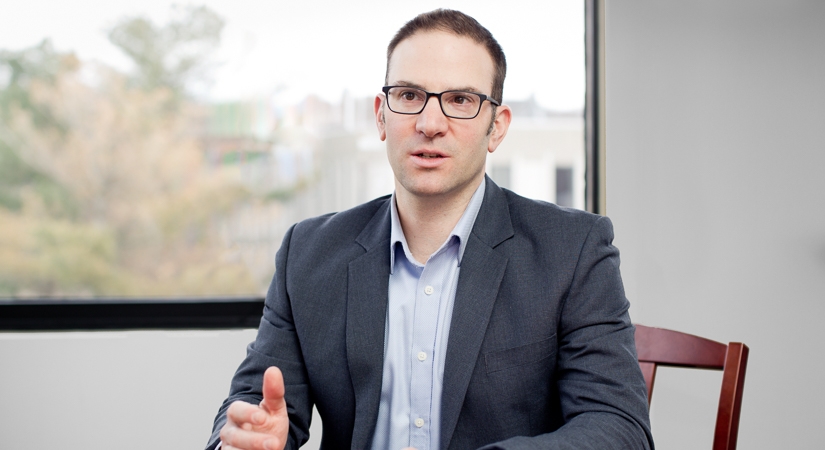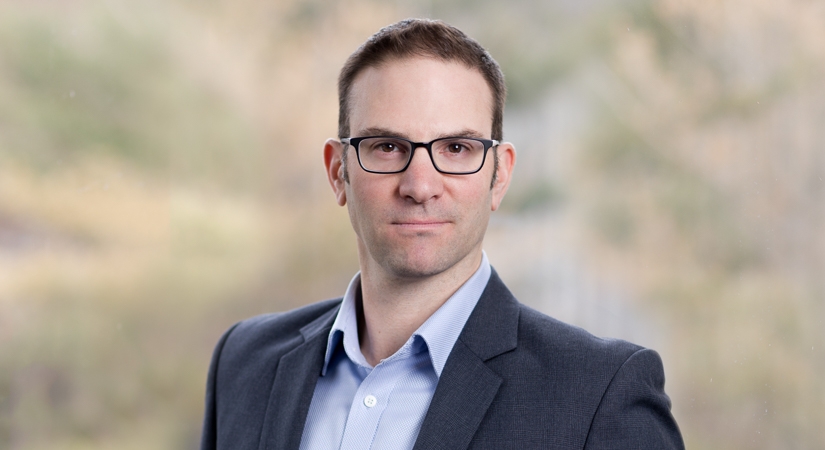DC Circuit Delivers Valentine to Solar-Battery Hybrids
Affirms FERC's "Send-Out" Approach to Determining PURPA Capacity Threshold
On February 14, 2023, the U.S. Court of Appeals for the District of Columbia Circuit (DC Circuit) issued its opinion in Solar Energy Industries Association v. Federal Energy Regulatory Commission (___ F.4th ___, 2023 WL 1975079), which provides a clear path for hybrid solar-battery and wind-battery projects to qualify for benefits under the Public Utility Regulatory Policies Act of 1978 (PURPA). The decision upholds the Federal Energy Regulatory Commission’s (FERC) “send-out” approach to PURPA’s 80-megawatt (MW) capacity limit, which measures the capacity of a generator based on the nameplate capacity of the total project to inject alternating current (AC) power onto the grid, rather than the capacity of individual generating units that are components of a generating project.
Key Takeaways
Under FERC’s decision, as upheld by the DC Circuit, the capacity of a hybrid solar-battery project is measured by the amount of AC power the project can deliver to the grid through its inverter rather than by the capacity of individual project components that feed into the inverter.
As a result of the decision, a hybrid project can meet PURPA’s 80-MW limit if its inverters can deliver no more than 80 MW of AC power to the grid. This means that a developer can incorporate a battery storage device into a solar or wind project, and it will still be considered a PURPA Qualifying Facility—even if the capacity of the solar panels exceeds 80 MW of direct current (DC) capacity—so long as the inverter capacity does not exceed the 80 MW AC limit.
- Because adding battery storage to a solar project allows energy to be stored in the battery during hours of high solar intensity, the power can then be released from the battery and injected into the grid when the solar panels are not producing at maximum output. This improves both the project’s capacity factor and the project owner’s ability to maximize profits by selling power during hours when prices are high. In short, the decision provides clear guidelines around which a project developer can optimize the design of its hybrid project while still meeting PURPA’s 80-MW output limit.
Background
PURPA provides substantial benefits to “qualifying small power production facilities” or “Qualifying Facilities,” renewable energy generators with 80 MW or less capacity. Chief among these benefits is PURPA’s “must-offer” requirement, which guarantees that Qualifying Facilities can sell their power to incumbent utilities at the purchasing utility’s “avoided cost” rate. The question addressed in the DC Circuit’s decision was whether Broadview Solar, a solar-storage hybrid facility in Montana with a 160-MW direct current (DC) solar array, a 50-MW DC battery, and an inverter with 80 MW of AC output capacity, is a “Qualifying Facility.”
Initially, FERC ruled that Broadview is a Qualifying Facility based on its long-held view that PURPA’s capacity limitation should be determined by how much power the facility can “send out” to the grid. Because Broadview’s inverter – a device that is necessary to convert the DC power produced by solar arrays into AC power that can be delivered to the grid – allows no more than 80 MW of AC power to be delivered to the grid, the facility’s “send out” capacity meets PURPA’s 80 MW limit. Utility interests challenged this ruling on rehearing, and FERC reversed course, concluding that the 160-MW DC solar array meant Broadview exceeded the 80-MW output limit and therefore was not eligible for PURPA benefits. This time, Broadview and renewable energy interests sought rehearing, and FERC again reversed course, returning to its traditional rule that a project’s capacity should be determined by how much it can “send out.” Under that rule, FERC concluded, Broadview’s 80-MW inverter capacity established a limit of 80 MW on the amount of AC power the project could deliver to the grid. The fact that the project’s solar array could produce up to 160 MW of DC power was irrelevant to the inquiry because the inverter limits the amount of power that can be delivered from the array to the grid at any given moment to 80 MW.
The utility interests appealed this conclusion to the DC Circuit. The DC Circuit rejected the appeal, upholding FERC’s ultimate decision and concluding that (i) FERC’s “send out” rule is a reasonable construction of PURPA because the statute is not clear how the 80-MW capacity limit should be calculated, and (ii) the “send out” rule is a reasonable approach in light of PURPA’s language and legislative purpose.
Conclusion
Absent a reversal of the DC Circuit’s opinion on further appeal, the ruling in Solar Energy Industries Association v. FERC provides a clear pathway for renewable energy projects that include energy storage to become “Qualifying Facilities” eligible for PURPA benefits. PURPA is an important option for project developers to sell their output, and therefore remains a key driver of renewable energy expansion. With a clear roadmap, developers can now be confident that project configurations with inverters or other equipment limiting the project’s “send out” capacity to 80 MW or less qualify for PURPA benefits. Developers can now optimize the solar arrays, storage equipment, and other project components to maximize the value of the project while relying on the “send out” rule to ensure that the project remains within the 80-MW PURPA limit.
Beveridge & Diamond's Renewable Energy and Infrastructure and Project Development and Permitting practice groups help clients through all stages of project development, from conception through planning, permitting, construction, and litigation. We represent infrastructure project developers, owners, and operators, including private developers, corporations, states, municipalities, and governmental authorities. For more information, please contact the authors.









